An Alien Invasion

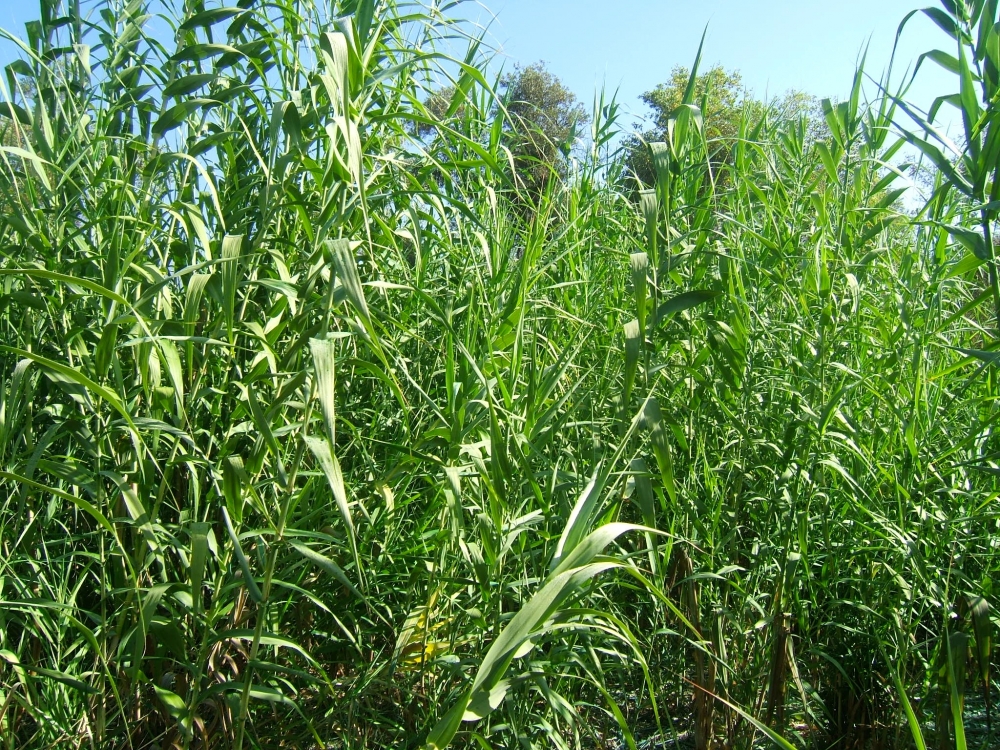
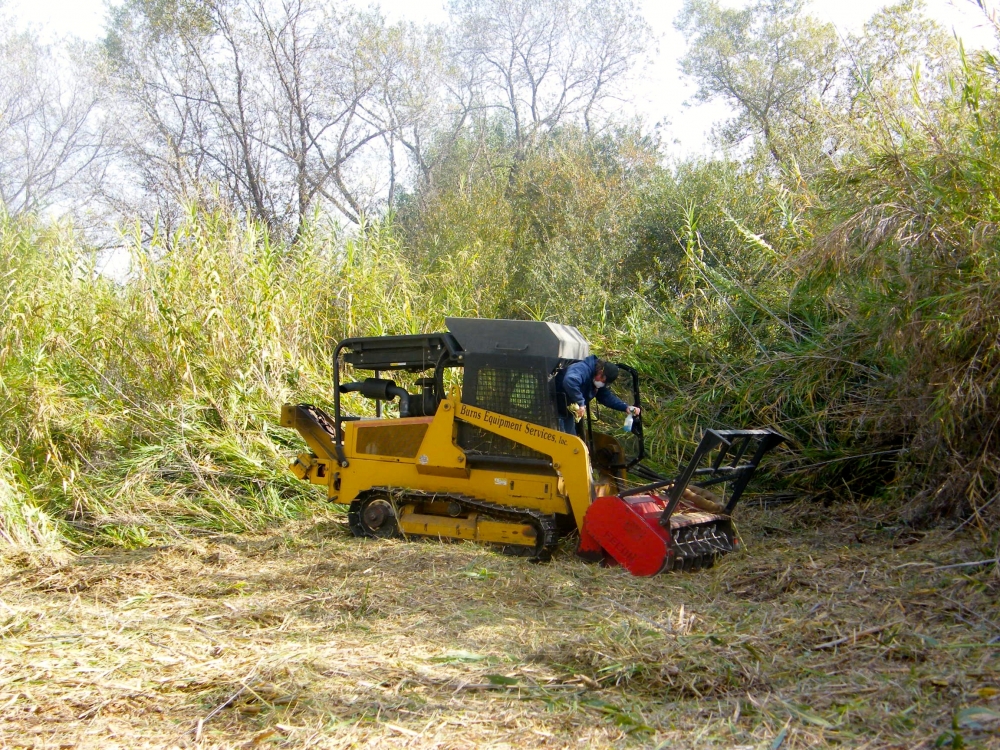
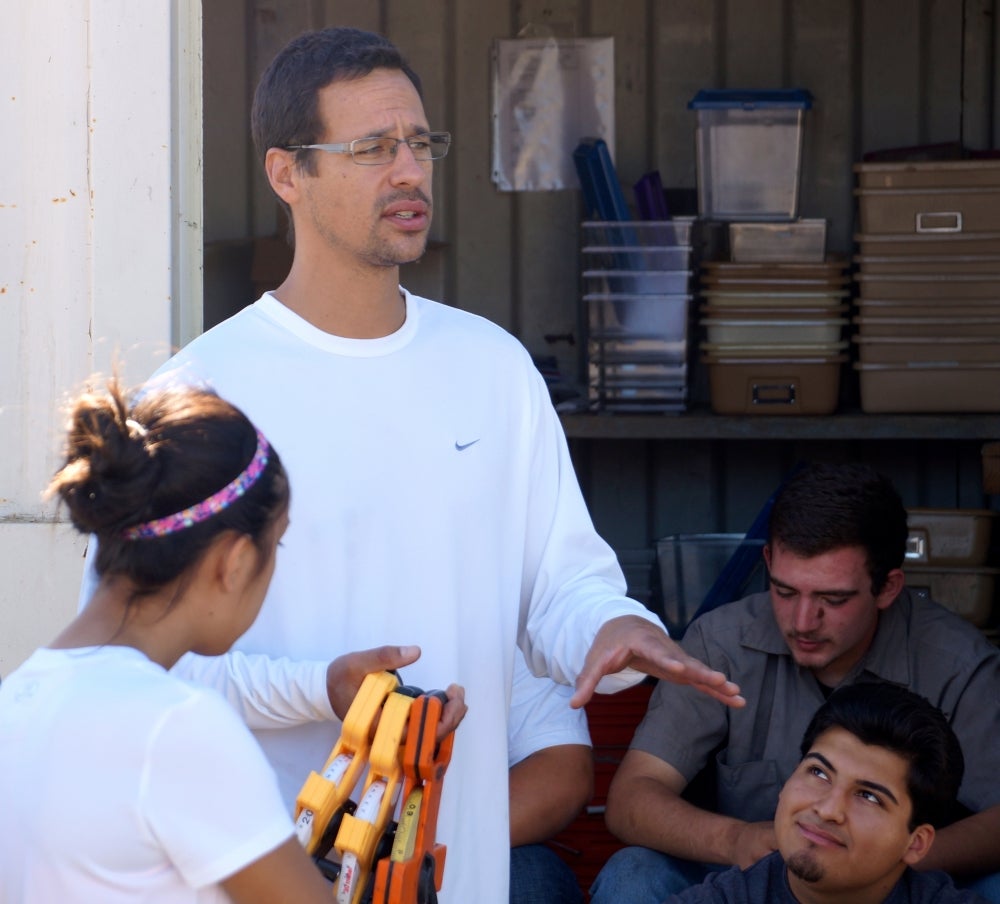
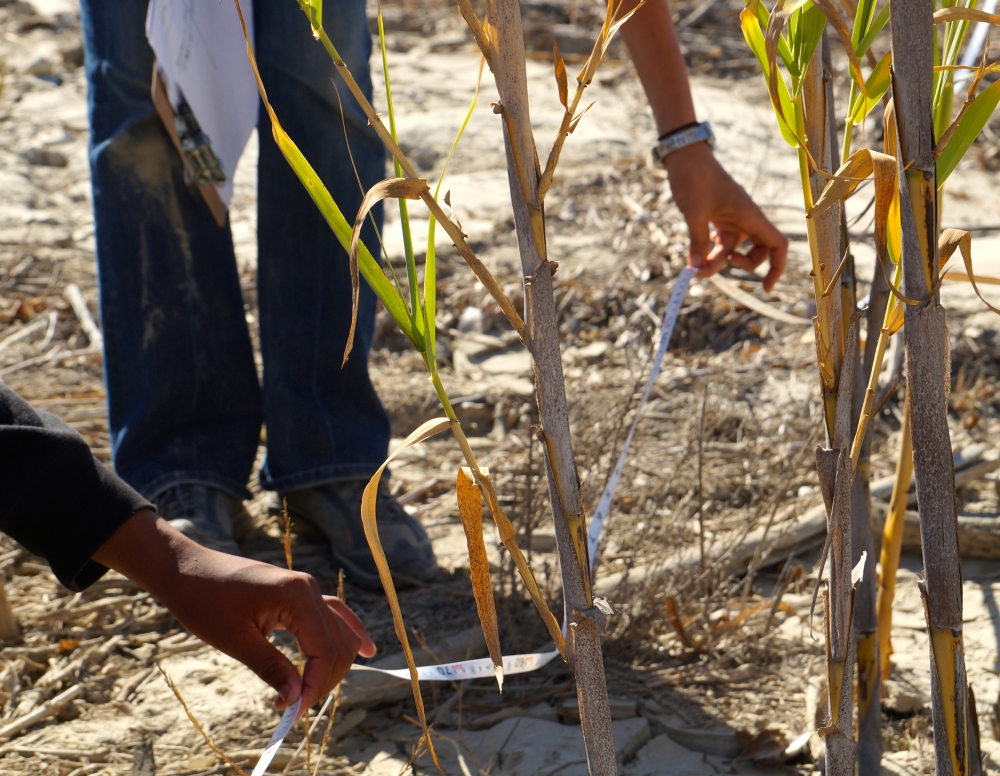
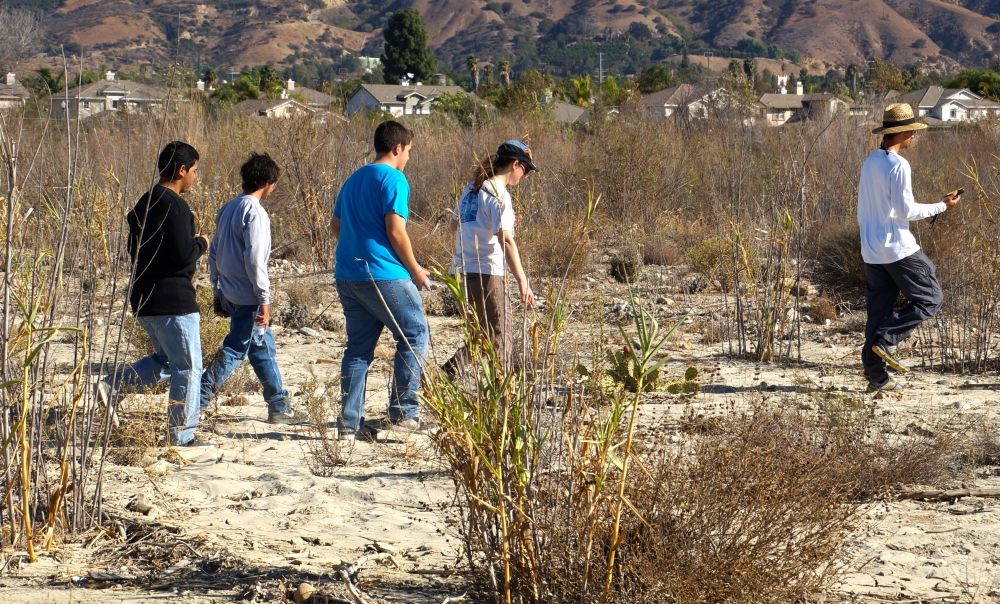
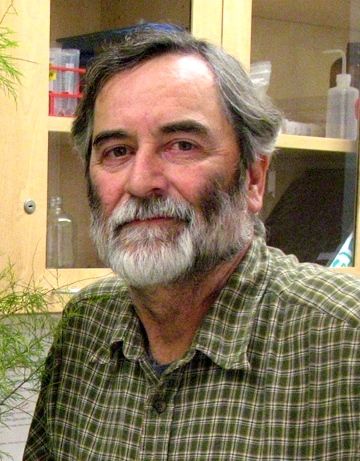
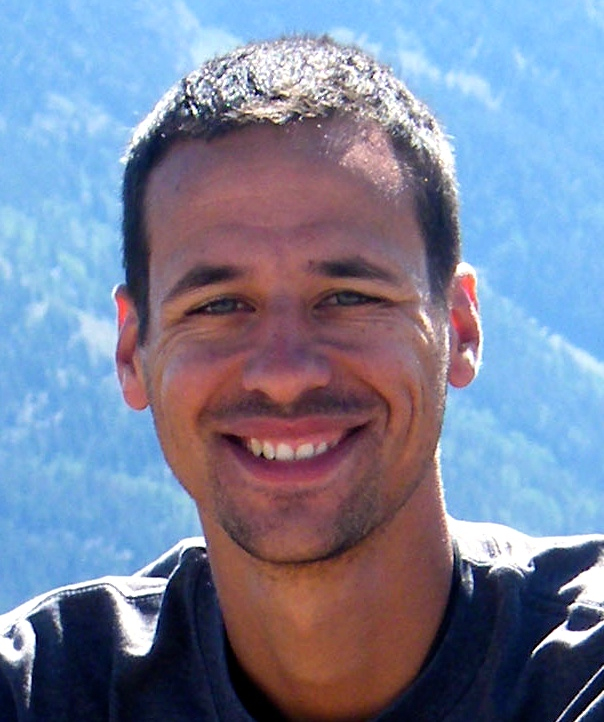
Arundo donax, a tall perennial grass species native to Eurasia, is right at home in a portion of Ventura County’s Santa Clara River — where it shouldn’t be. With headwaters in the Los Padres and San Gabriel national forests, the river empties into the Pacific Ocean near the city of Ventura, draining a watershed of approximately 1,600 square miles.
Researchers from UC Santa Barbara are collaborating in a multiagency effort to restore a 13-mile stretch of the Santa Clara River — from Fillmore to Santa Paula — to its natural riparian state. While the river is currently dry due to the state’s unprecedented drought, Tom Dudley says there is water flowing beneath the bed — water that feeds huge swaths of Arundo, also called giant reed or giant cane.
“Arundo donax, giant reed, is a problem because it’s a fire hazard,” said Dudley, principal investigator with the Riparian InVasion Research Laboratory (RIVR Lab), part of the Marine Science Institute (MSI). “It uses up a lot more water than native species and it’s terrible habitat for native wildlife, too.”
On a searing hot Saturday in October, Dudley and his colleague Adam Lambert, a research biologist at MSI, worked with high school students from Fillmore and Sierra high schools. They were teaching the students restoration techniques, including how to measure vegetation using line transects — a method of sampling in which plants are identified strategically along a line stretched across the river bottom.
Laura Todis, a teacher at Sierra High School in Fillmore, is working with the U.S. Fish & Wildlife Service and the Santa Clara River Trustee Council to educate students about the river’s ecosystem. The restoration efforts gave students in her environmental studies class, joined by biology students from Fillmore High School, an opportunity to learn some of the steps necessary to battle the invasion of Arundo.
“A project like this, where students are able to apply a lot of the skills they’ve learned in interdisciplinary subjects back at school — not just in science classes but in writing and math — is invaluable,” Todis said.
Dudley took a group of students down to the cracked riverbed and helped them identify plants in segments along the line transects. From this, the scientists were able to get an accurate sense of the percent cover of native versus non-native species, which provides a starting point for tracking recovery of native communities following restoration efforts.
Lambert ushered another group along the perimeter of the survey area, which they mapped using hand-held GPS devices. “We use a GIS (geographic information system) to accurately mark the boundaries of the property and the work areas where we are going to do the removals and restoration,” Lambert explained.
Because Arundo grows primarily by vegetative means, seeds are not a factor in restoration. “That’s a good thing for us in that we can focus on removing the whole plants,” Lambert explained. “We cut the stems at ground level and then dab the stems with an herbicide approved for use near aquatic habitats. The plant translocates the herbicide either down into the roots and rhizomes or into the rest of the plant, which kills it.”
The students’ role does not end there. For the next year or more, they will carry the cut Arundo out of the river channel for later processing by an art program that will use it for various projects. They will also propagate native plants from seeds they collect. Normally, scientists favor passive restoration, but given the extreme dryness of this area — especially during the current drought — they advocate active revegetation with native plants.
“After an experience like this, students realize they are coming to it with a lot of knowledge,” Todis explained. “They recognize a lot of the plants and they recognize a lot of the animals, but this gives them tools to understand what they’re seeing. I think it even helps them see how much diversity is actually out here.”
The Fillmore project is a small part of a $2 million restoration of up to 200 acres of riparian habitat funded by California Proposition 84. The overall effort will focus on large-scale invasive plant removal and restoring riparian forests. A nursery will also be established for growing plants native to the watershed. Community-based volunteer revegetation will be coupled with ongoing biological assessment to determine whether populations of sensitive or endangered species residing in the Santa Clara River recover once the native habitat has been restored.



